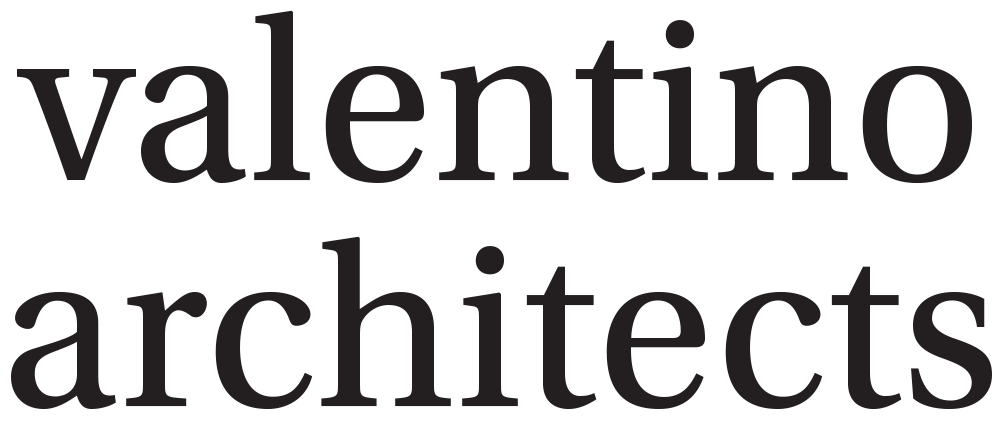2019 was fraught with construction debacle – from controversial planning decisions, to building collapses and fast-track regulatory reform, to tragic and all too easily avoidable loss of life on building sites. Amidst it all, it feels as though Malta’s built environment and its development has become public enemy number one, with architects and construction professionals often being placed directly in the line of fire – at times deservedly.
The public can’t be blamed for being defensive about how the world around them is being shaped. Architecture has always and will always be about communal ownership, and by extension, prey to communal opinion. But over time there seems to have been a breakdown of trust between the people who inhabit built spaces and those who design and build them. This schism is rearing steadily towards a dangerous eventuality – one where consensus on what is truly beneficial for the country’s urban future could slip through our collective fingers.
As architects we are often told that it isn’t our job to lobby, defend or even explain our work. We’re assured that our duty is to interrogate the needs of our built surroundings and accordingly design solutions to problems that they present – solutions that can achieve social, environmental and economic value in good faith. But surely an architect’s role should go beyond design and delivery?
Architects are vocationally obliged to find ways to make places work better for people. It follows, then, that they are also duty-bound to take on the role of mediator between what is conceived on their drawing boards, and what stands to become the built framework to the lives of communities. But when the appetite for constructive debate has been all but extinguished by a series of consecutive negative events, inhabiting that role can feel like an insurmountable task.
The reason it feels this way is that we simply cannot do it alone. Architects are only one cog in what needs to be a well-oiled machine of critical dialogue –
both within the industry itself, amongst peers and colleagues, as well as in terms of public debate. From the architect’s part, we need to become better at community consultation, at engaging with end-users, at examining not just urban but social impact. We need to better educate clients on the benefit of public consultation at early project stages. We need to more actively involve multi-disciplinary experts who can ensure that our designs offer nuanced value and longevity. But also, we need local authorities, NGOs, peers, and – most importantly – the public, to meet us in the middle.
Imagine if instead of launching a petition or a letter of complaint as a knee-jerk reaction to what may initially feel like an unsavoury proposal, we were to reach out to the people behind it and ask questions. Or if environmental activists, historians, or even just concerned citizens were to join forces with designers and developers and conceivably try to shape the way places are created. It’s also not just at project inception that we need to promote more joined up thinking – stakeholders, including contractors and owners, should each continue to make ongoing contribution from design stages all the way up property management and maintenance.
Malta has a robust social media community and – for better or worse – is certainly not inhibited when it comes to demonstrative online criticism. But it seems as though we often also trap ourselves within a cycle of cyber viciousness, where issues of inconsequence are treated with the same level of vitriol as those of lasting detriment. The result? We become numb to what could truly have a lasting negative impact on our country’s built heritage. Or worse, we miss opportunities that could make it significantly better.
All this is not to say that architects should be sheltered from negative feedback or disapproval. Public debate is part of a greater set of occupational checks and balances that we must hold ourselves accountable to. Discourse should be encouraged, and outcry is certainly not always uncalled for. But neither should it be the blanket default.
What if in 2020 we were to actively come together in an offline scenario and consciously exchange constructive criticism? What if we were to start this decade as we mean to go on – by seeking resolution instead of one-upmanship, and breaking down the barriers between designers and users that have been built over the past few years? As architects it should be our self-imposed mandate to find ways to make this happen – to exit our comfort zone and invite all stakeholders to unreservedly join the conversation. Real dialogue is ours for the taking, let’s not see another year go by without it.
Image: Chris Sant Fournier
